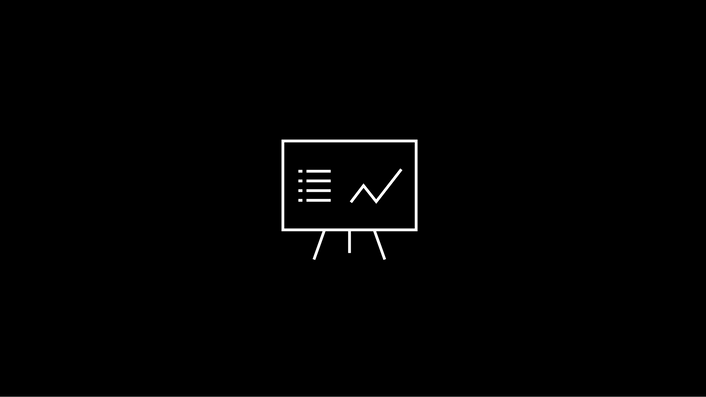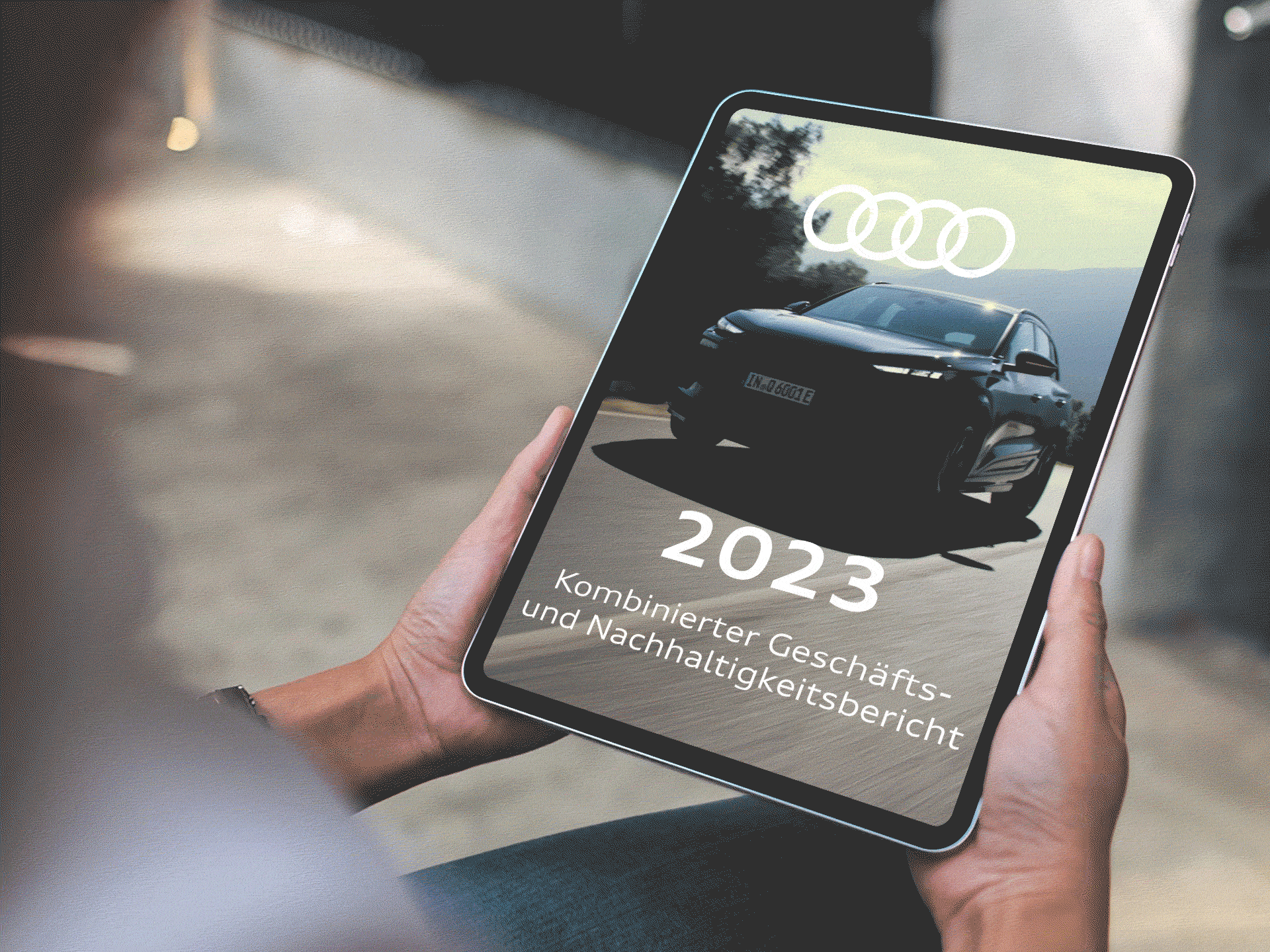Financial highlights 2023 and outlook 2024

Audi SQ7 TFSI SUV: fuel consumption (combined): 12.7-12.0 l/100 km; CO₂ emissions (combined): 290-272 g/km; CO₂ class: G
Audi SQ7 TFSI SUV: fuel consumption (combined): 12.7-12.0 l/100 km; CO₂ emissions (combined): 290-272 g/km; CO₂ class: G

Downloads: quick access to the figures

Review of key figures
“Audi has the financial strength to be successful even in times of technological change and greater competitive intensity.”

“Audi has the financial strength to be successful even in times of technological change and greater competitive intensity.”
– Jürgen Rittersberger, Member of the Board of Management of AUDI AG, Finance, Legal Affairs and IT


Brand Group Progressive 2023 in figures
Audi Group 2023
2023 fiscal year
Deliveries Brand Group Progressive
1.9
Mio. cars
Operating profit
EUR
6.3
billion
Research and development ratio
7.8
percent
Deliveries of electric vehicles
178
thousand cars
Operating return on sales (ROS)
9.0
percent
Capex ratio
4.7
percent
Revenue
EUR
69.9
billion
Net cash flow
EUR
4.7
billion
Return on investment (ROI)
17.7
percent

Outlook to fiscal year 2024
Anticipated development in the key performance indicators of the Brand Group Progressive
| Actual 2023 | Forecast 2024 | |
|---|---|---|
| Deliveries, Brand Group Progressive1 (cars) |
1.9 million vehicles |
between 1.7 and 1.9 million vehicles |
| Revenue |
EUR 69.9 billion |
between EUR 63 and 68 billion |
|
Operating return on sales (ROS) |
9.0 percent |
between 8 and 10 percent |
|
Net cash flow |
EUR 4.7 billion |
between EUR 2.5 and 3.5 billion |
|
Investment ratio2 |
12.4 percent |
between 11 and 13 percent |

Multi-year comparison of key performance indicators
| 2021 | 2022 | 2023 | |
|---|---|---|---|
| Deliveries, Brand Group Progressive1 (cars) | 1,688,978 | 1,638,638 | 1,918,912 |
| Revenue (EUR million) | 53,068 | 61,753 | 69,865 |
| Operating profit (EUR million) | 5,4983 | 7,5503 | 6,280 |
| Return on sales (ROS) (percent) | 10.43 | 12.23 | 9.0 |
| Return on investment (ROI) (percent) | 16.73 | 22.23 | 17.7 |
| Net cash flow (EUR million) | 7,757 | 4,808 | 4,740 |
| Research and development ratio (percent) | 7.4 | 7.3 | 7.8 |
| Capex ratio4 (percent) | 3.8 | 4.2 | 4.7 |

Explanation of the key performance indicators
The non-financial indicator of deliveries to customers reflects the number of new vehicles of the Brand Group Progressive handed over to customers. This performance indicator reflects demand from customers for our products and reveals our competitive and image position in the various markets worldwide. Strong demand for our products has a major impact on production, and consequently also on the capacity utilization of our sites and the deployment of our workforce. In addition, a continuing high level of vehicle deliveries reflects high customer satisfaction.
The financial key performance indicators include revenue of the Audi Group, which is a financial reflection of our market success.
Another key performance indicator is the operating profit of the Audi Group. This key figure represents the economic performance of our core business as well as the economic performance of our fundamental operational activity, and is defined as follows:
Revenue
– Cost of goods sold
– Distribution costs
– Administrative expenses
+ Other operating income
– Other operating expenses
= Operating profit
Our financial key performance indicators also include the operating return on sales of the Audi Group:
Operating return on sales = Operating profit / Revenue
A further key performance indicator is return on investment (ROI). This reflects how effective our business activities are, by considering the return achieved on the capital employed over a given period. Return on investment already takes account of CO₂ compliance measures and can therefore also be understood as return on investment after CO₂.
Return on investment (ROI) = Operating profit after tax / Average invested assets
Net cash flow, which serves as a benchmark of the Audi Group’s level of self-financing, is calculated as follows:
Cash flow from operating activities
– Investing activities attributable to operating activities
= Net cash flow
The research and development ratio expresses Audi’s innovative strength and also ensures that it maintains competitive cost structures.
Research and development ratio = Research and development activities / Revenue
The capex ratio is another indicator of the Audi Group’s competitiveness.
Capex ratio = Capex according to the cash flow statement / Revenue
Capex includes investments in property, plant and equipment, investment property and other intangible assets according to the cash flow statement. Here, capital investment in essence comprises financial resources for modernizing and expanding our range of products and services, for optimizing our capacities and for improving the Audi Group’s production processes. Investment decisions are requested by the specialist areas, then scrutinized and prioritized by Investment Controlling and the “Investment Group” corporate committee. Major decisions affecting investment policy are also approved by the Company’s Supervisory Board.
Audi worldwide
Models, products and services – switch to your country / sales region website and discover the regional diversity of Audi.



